One of the most spectacular — and easily accessed — nature viewing opportunities in North America is watching massive, sleek, fat grizzly and black bears prey on salmon as they spawn near Hyder, Alaska.
Hyder is an Alaskan village of a few dozen people which doesn’t have any road or rail access to any other part of the state. All travel, unless it’s by boat or float plane, comes via Stewart, British Columbia, which is a small town just over the Canadian border.
There is no American border post, and because of this, visitors to Hyder are only subjected to Canadian Customs when they return.
(Besides Hyder, there are two other communities in Alaska — Haines and Skagway — where Alaskans travel on Canadian roads to get to their home towns. This makes life especially complicated for these communities, as the Canada-US border was closed to non-essential travel during the COVID-19 crisis.)
The Hyder area is a nature lover’s delight, filled with wildlife that follow fish that run up the aptly named Salmon River. (In fact, the names here are simple and direct. A glacier that feeds water into the Salmon River is called the Salmon Glacier. The road that leads from Hyder to Stewart is called International Road, and the creek where all the fish are is simply called Fish Creek.)
The Fish Creek Wildlife Observation Site is an elevated 600-foot walkway where visitors can see bears forage through the creek, which features some of the largest chum salmon on the west coast.
Those massive fish feed a variety of wildlife beyond bears, including eagles, wolves, hawks, herons, mink, and other animals.
Bear-viewing season is in July and August, and sometimes several bears can been seen in the creek at once. However, they are wild animals that follow their own schedule, so sightings are not guaranteed.
In addition, there’s a reason why the Latin name for grizzlies, ursus arctos horribilis, includes the word “horrible.” Unlike black bears, which are often docile but can be deadly, grizzly bears can be far more aggressive.
They are also incredibly fast. A grizzly can run as fast as 35-miles per hour, which is an amazing feat for a big, boxy animal with males that weigh, on average, about 600 pounds.
The viewing area is part of the Tongass National Forest, which covers much of Southeast Alaska.
If it’s a clear day, we recommend driving beyond Fish Creek to the Salmon Glacier, a unique experience for many reasons.
One is the fact that as you leave leave Fish Creek and make your way upriver and then up a tricky mountain road, you once again cross between the U.S. and British Columbia, with the only evidence that you’re passing a border being a sign that welcomes you to B.C.
Another is seeing gold mining operations as you inch your way ever higher.
Third is the glacier itself: Although it’s the fifth largest in Canada, the Salmon Glacier is the largest glacier in the world accessible by car, and on a clear day, it is truly spectacular.
Be careful on the road, though. It’s not suitable for motor-homes or RVs, there’s active mining, and if you’re afraid of rough roads with sweeping switchbacks and towering cliffs, this isn’t the drive for you.
——-
Getting there:
Non-essential travel between the Canada-U.S. border was banned at the time this article was posted. Check the Alaska government’s website and the Canadian government’s website when planning your future trips.)
It’s about a 1,500-km (920-mile) drive from Vancouver to Hyder, Alaska, travelling up the Cassiar-Stewart Highway and turning toward the coast at Meziadin. We opted to drive to Port Hardy on Vancouver Island and take a ferry through the inside passage to Prince Rupert. Driving distance from Prince Rupert to Hyder and its sister community of Stewart, B.C. is about 450 km.
Hyder is about three km from Stewart, and the Salmon Glacier is about 34 kilometres down the road.

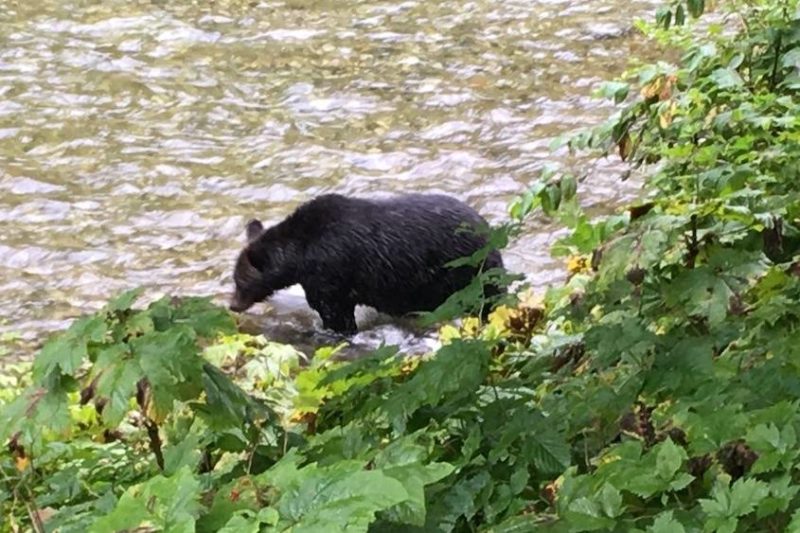
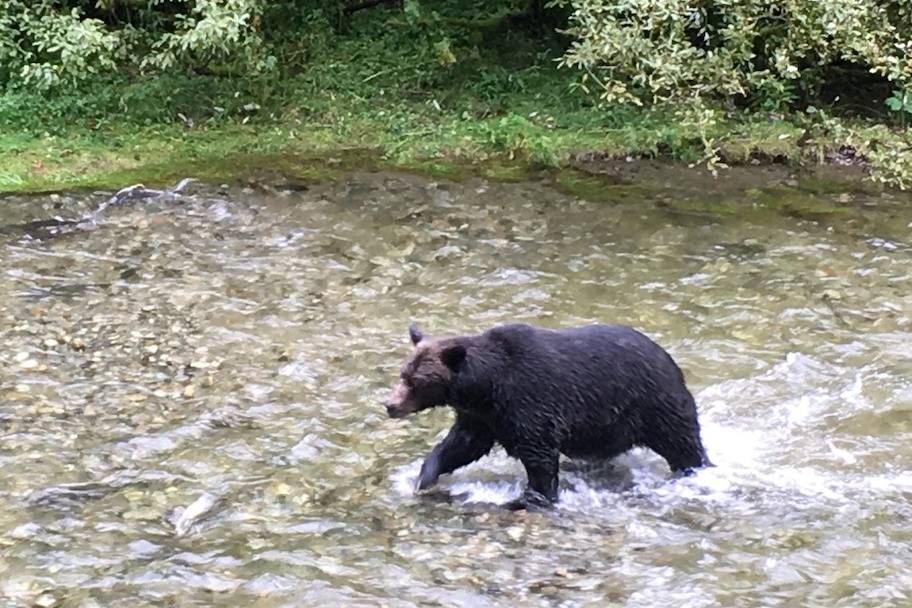
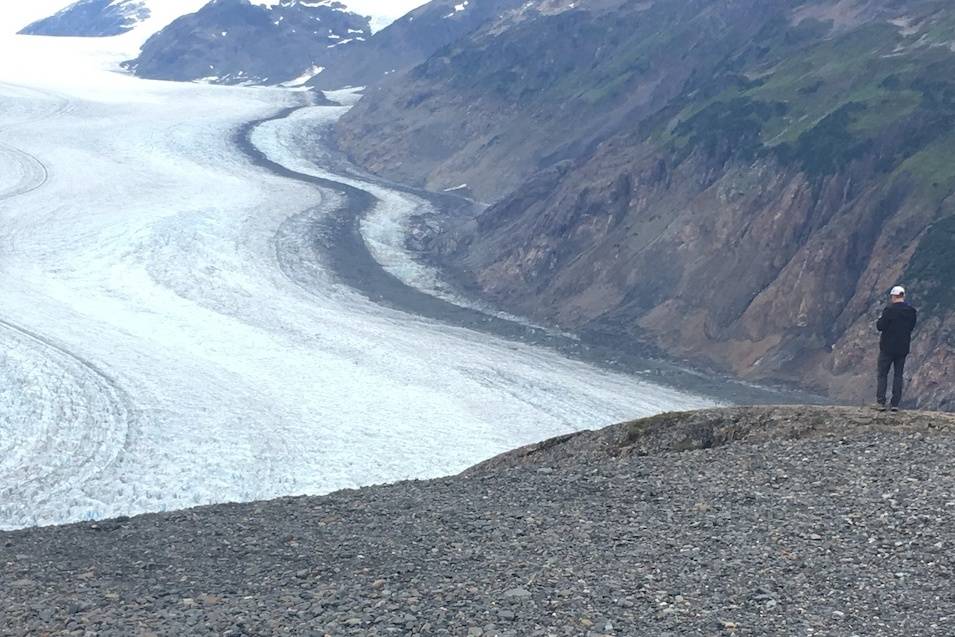
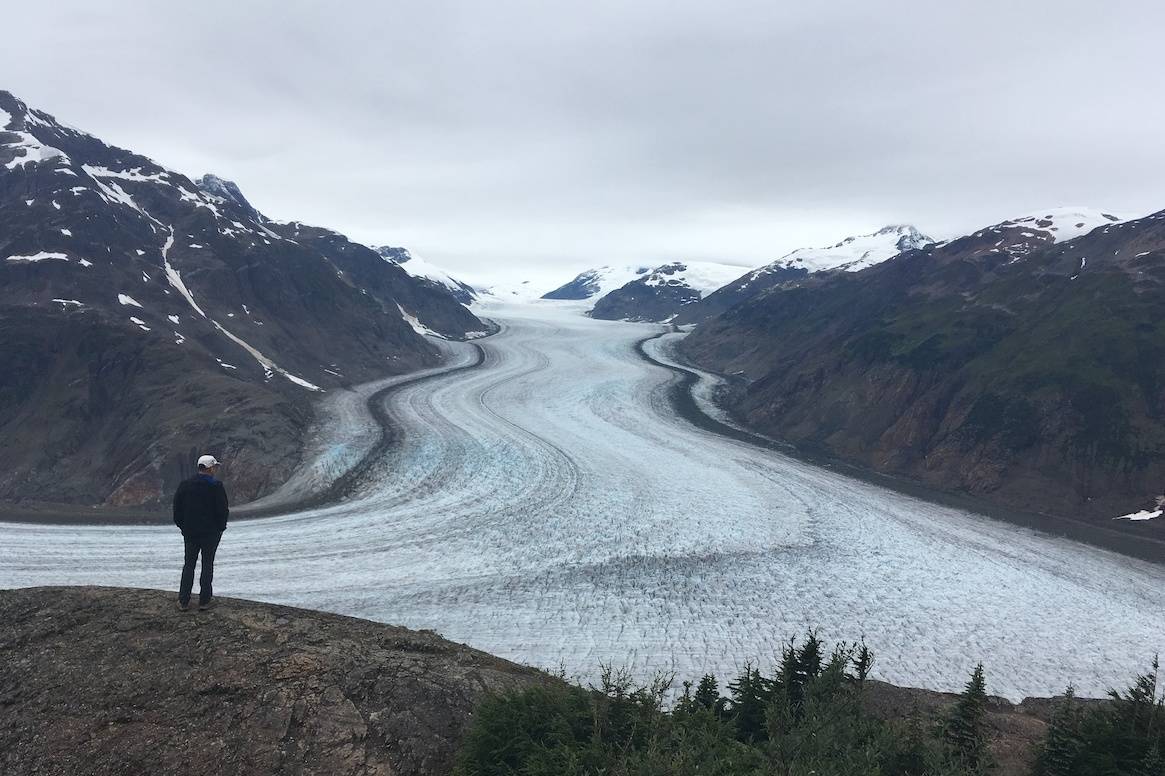
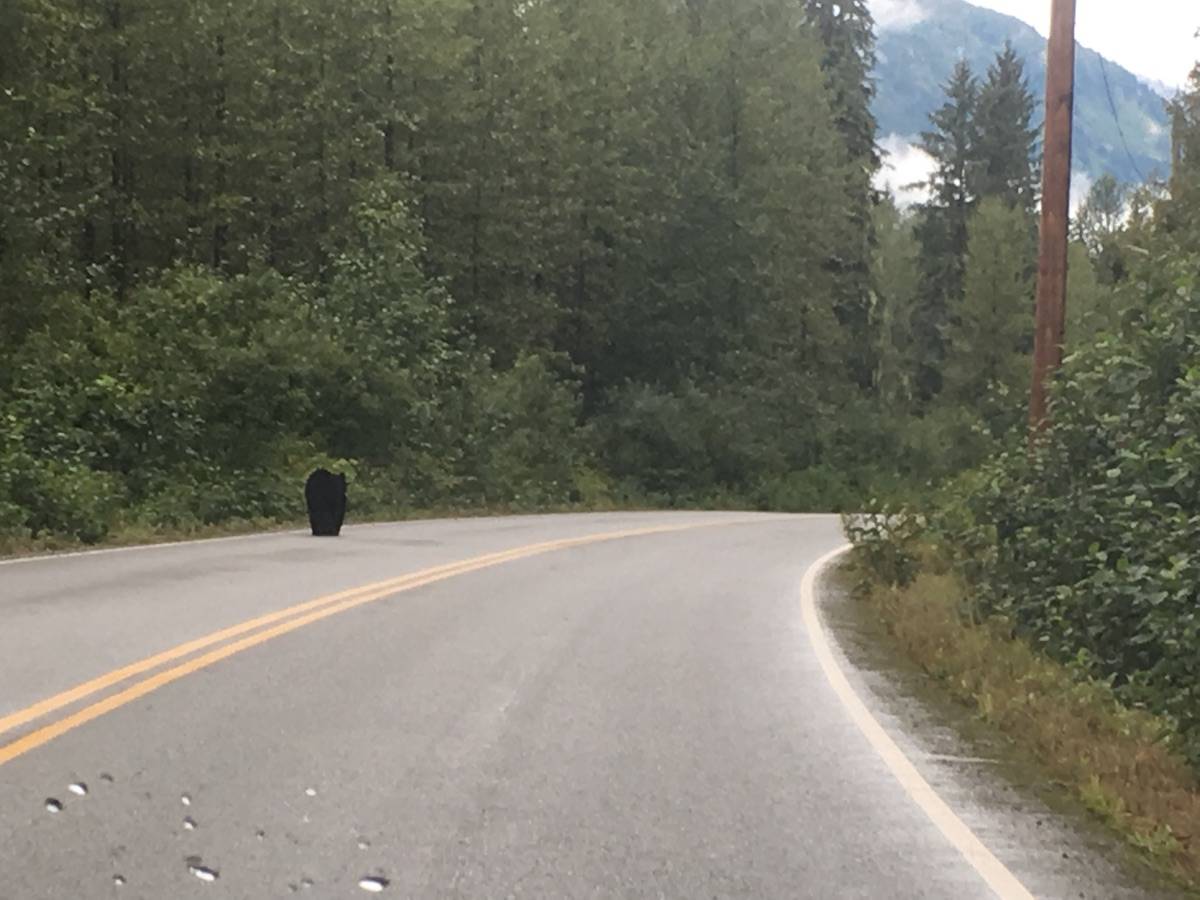
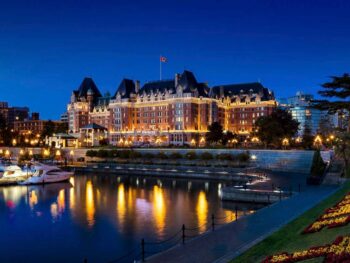

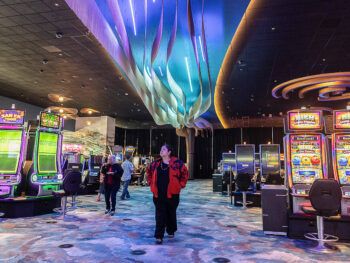
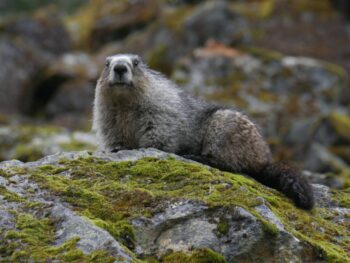
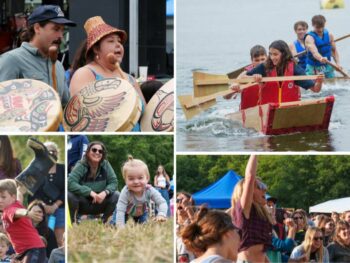
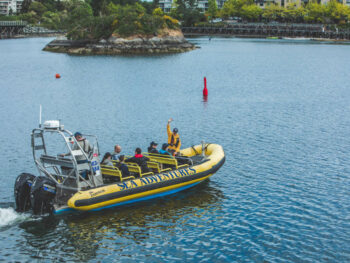

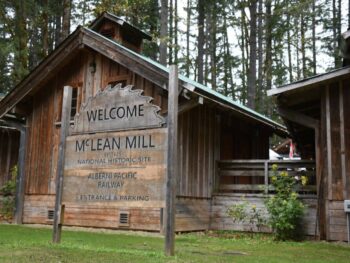
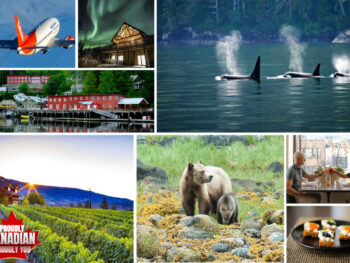
 Discover Rimbey, Alberta
Discover Rimbey, Alberta